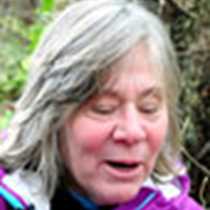The Snake & Columbia Rivers
All night we were down bound in the Snake River, dropping 100 feet of altitude through Lower Granite, Little Goose and Lower Monumental locks. Daylight found us 300 feet lower and just above the Ice Harbor lock, named for a cold winter when an ice jam dammed this narrow river constriction.
The final stretch, the mouth of the Snake River, is filled with gravel islands covered with riparian shrubs and hosted several white pelicans, numerous gulls, cormorants, mallard ducks, and Canada geese.
Just above the confluence with the Columbia River we stopped for fuel and a walk and got a closer look at the great silos that house the huge stores of grain grown east of the Cascade Mountains. From here the wheat will travel down river by barge and across the Pacific Ocean in some of the ships we saw anchored off Astoria and end up as Asian noodles.
Expedition historian Jerry Igo shared more colorful stories of the Corps of Discovery; tales about the men and how they went about living their lives following their tremendous, life-changing adventure. The stories and the lore of the expedition that have been passed down to us through the journals are a national treasure, and sharing them while we journey along the waterways that shaped them brings that great American experience to life 200 years after the journey.
In the afternoon we proceeded down the great river of the west, through the Columbia River basalts, the Walulla Gap, past Hat Rock and other campsites used by the Corps. Toward evening, we watched flocks of migrating birds settling in for the night in the Blalock Islands.




